
As the chilly winds of winter give way to the gentle breezes of spring, gardeners everywhere start to plan their next projects. One of the most popular gardening trends is the use of raised garden beds, also known as planter boxes. These versatile structures offer a plethora of benefits that can transform your gardening experience. In this comprehensive guide, we’ll explore everything you need to know about spring planter boxes and how they can enhance your garden.
Why Choose Raised Garden Beds?
Raised garden beds are elevated structures filled with soil, where plants are grown above ground level. There are several reasons why gardeners choose raised garden beds over traditional in-ground planting:
- Improved Drainage: Raised beds allow for better drainage, preventing waterlogging and root rot.
- Enhanced Soil Quality: You have control over the soil composition, ensuring it’s rich in nutrients and free of pests.
- Ease of Access: With the garden bed elevated, it’s easier to tend to your plants without straining your back.
- Extended Growing Season: The soil in raised beds warms up faster in the spring, allowing for an earlier start.
- Pest Control: Raised beds can deter some pests and offer options for protective coverings.
Materials for Building Raised Garden Beds
When it comes to constructing raised garden beds, the choice of material is crucial. Here are some common options:
Wood
Wood is a popular choice due to its natural appearance and availability. Cedar and redwood are excellent options because they are naturally rot-resistant. However, treated wood can also be used but ensure it’s safe for growing edibles.
Metal
Metal beds, typically made from galvanized steel, are durable and offer a modern look. They can withstand harsh weather conditions and do not rot.
Stone or Brick
Using stone or brick gives a rustic and permanent feel to your garden. These materials are long-lasting and require minimal maintenance.
Designing Your Raised Garden Bed
Designing a raised garden bed involves more than just choosing the materials. Consider the following factors:
Size
The size of your bed will depend on your available space and the types of plants you wish to grow. A typical size is 4×8 feet, which allows for easy access from all sides.
Height
Standard heights range from 6 inches to 2 feet. Taller beds are ideal for reducing bending and are accessible for individuals with mobility issues.
Location
Choose a location that receives ample sunlight and is conveniently close to a water source. Ensure the site has good drainage.
Preparing the Soil for Planting
Once your raised bed is constructed, it’s time to fill it with soil. A good mix involves a combination of topsoil, compost, and other organic matter. This mix ensures that your plants receive the nutrients they need to thrive.
Choosing the Right Plants
Raised garden beds are suitable for a wide range of plants. Consider the climate and the amount of sunlight your garden receives. Some popular choices include:
- Tomatoes
- Lettuce
- Carrots
- Herbs like basil and thyme
- Flowers such as marigolds and petunias
Maintaining Your Raised Garden Bed
Regular maintenance is key to a thriving garden. Water your plants consistently, especially during dry spells. Add mulch to retain moisture and suppress weeds. Monitor your plants for pests and diseases, and take action promptly to prevent spread.
Conclusion
Spring planter boxes, or raised garden beds, are a fantastic addition to any garden. They offer numerous advantages, from improved drainage to enhanced accessibility. By carefully selecting materials, designing your bed thoughtfully, and choosing the right plants, you can create a vibrant and productive garden. Embrace the beauty of spring with raised garden beds and enjoy the rewards of your efforts all season long.
Raised garden beds, also known as planter boxes, are popular for their numerous gardening benefits. They provide improved drainage, enhanced soil quality, and ease of access. Common materials for constructing raised beds include wood, metal, and stone. Design considerations include size, height, and location for optimal plant growth. A good soil mix of topsoil, compost, and organic matter is essential for plant health. Choose plants suited to your climate and garden’s sunlight exposure. Proper maintenance, including watering and pest management, ensures a thriving garden. 
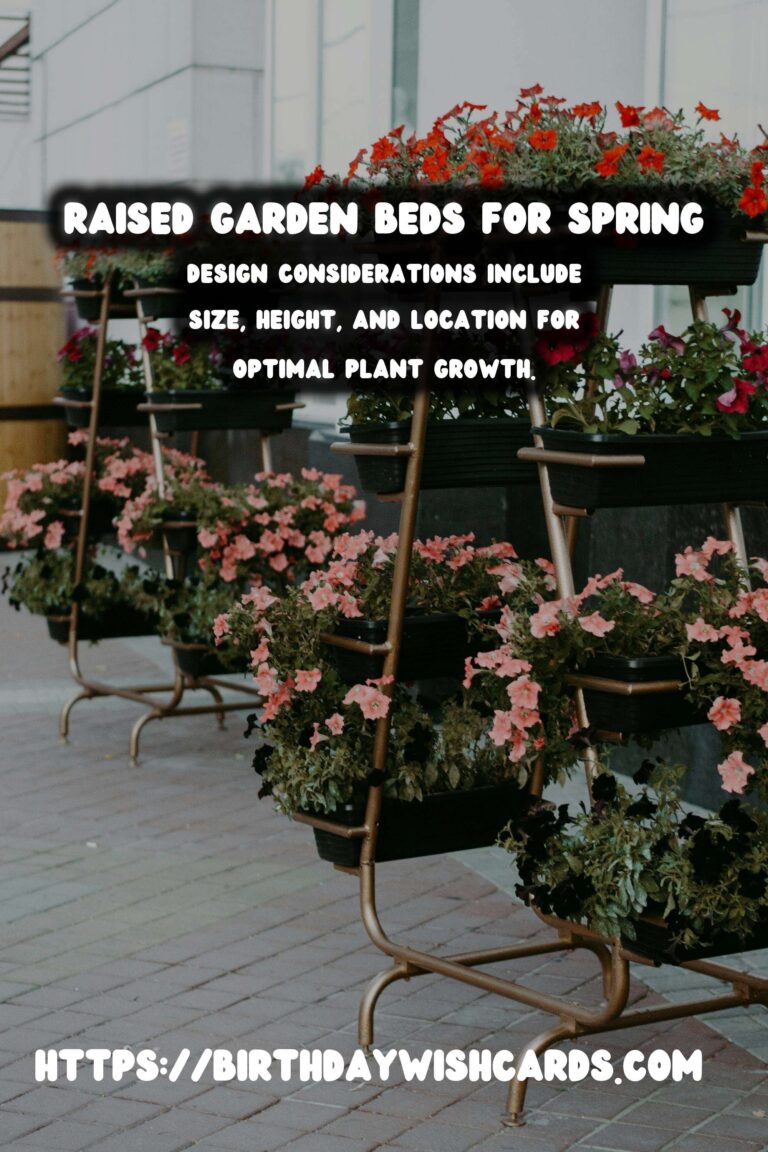
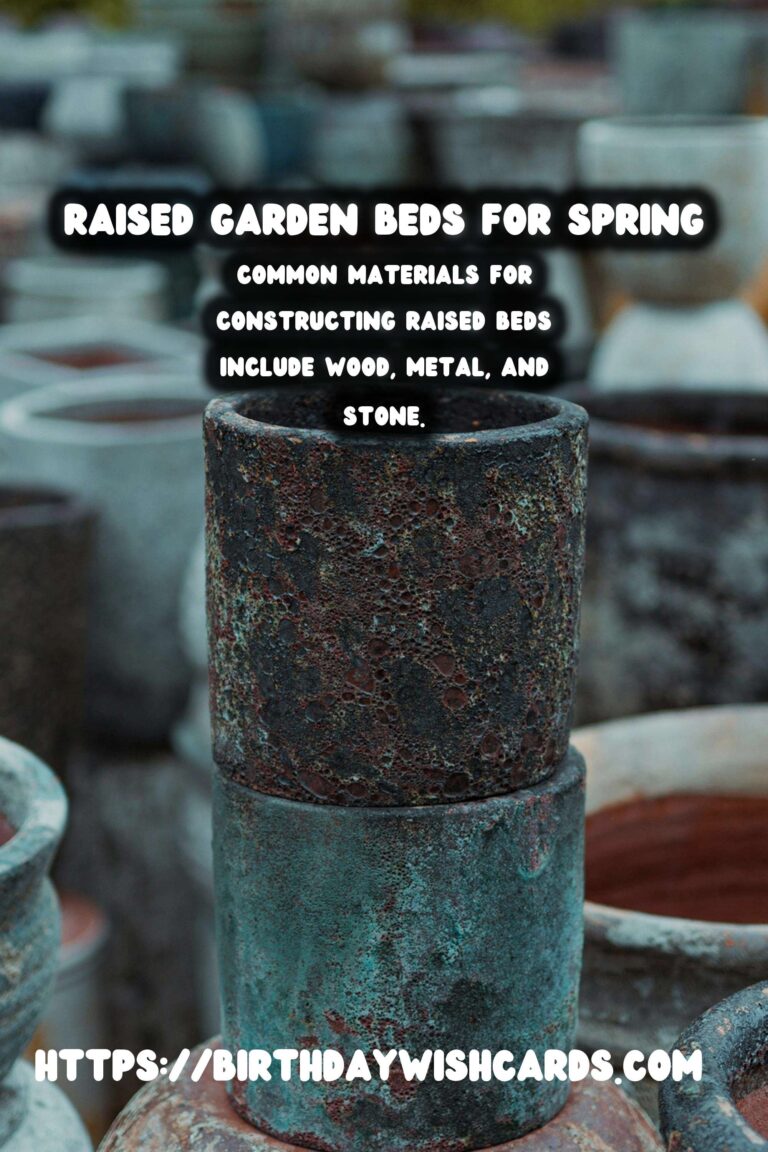
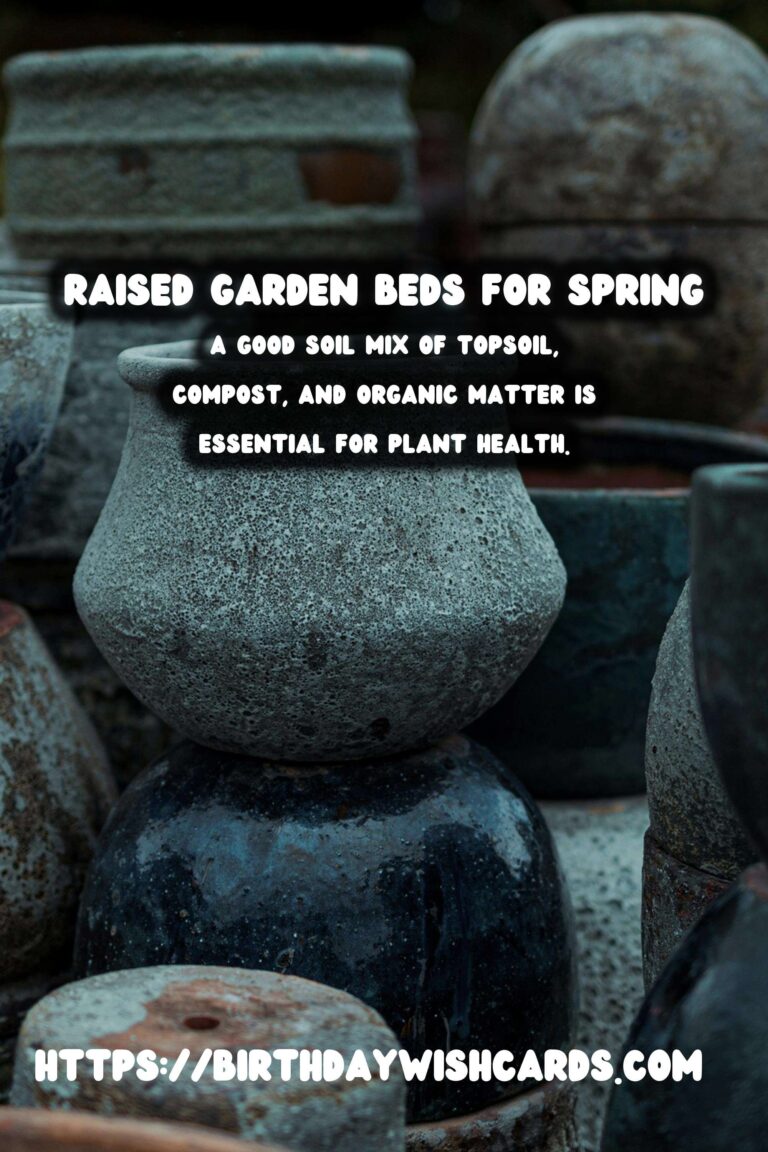
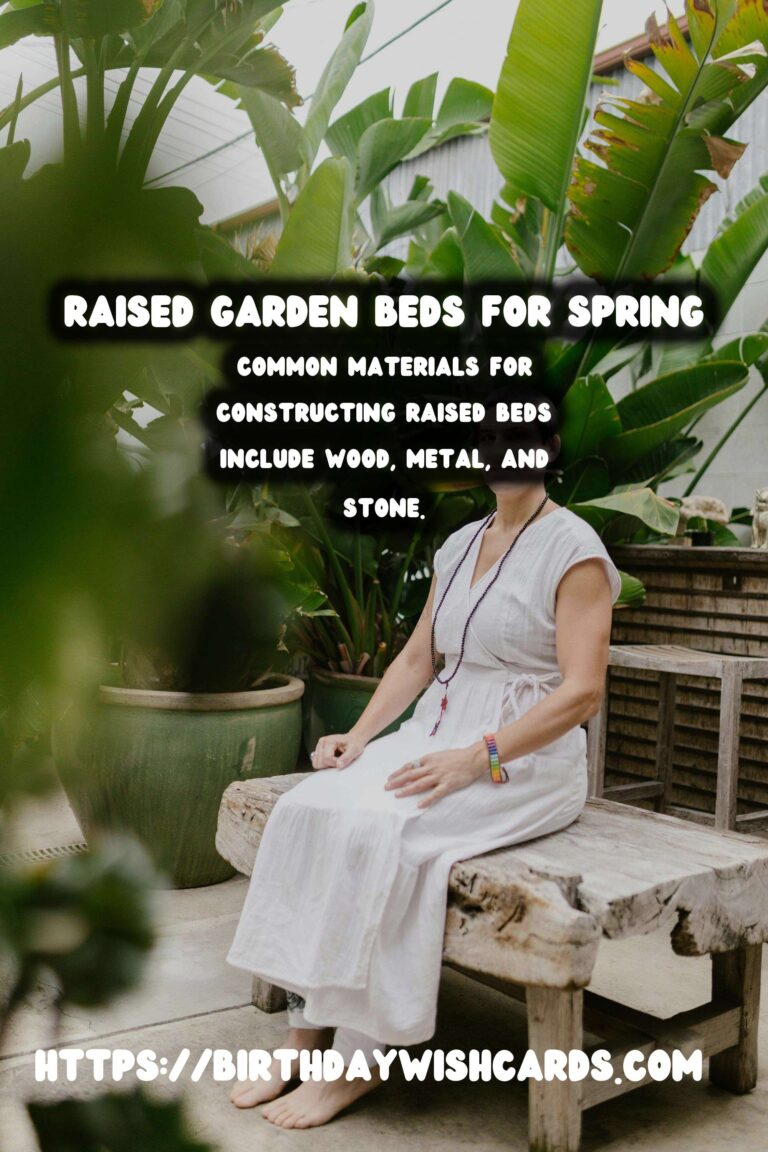
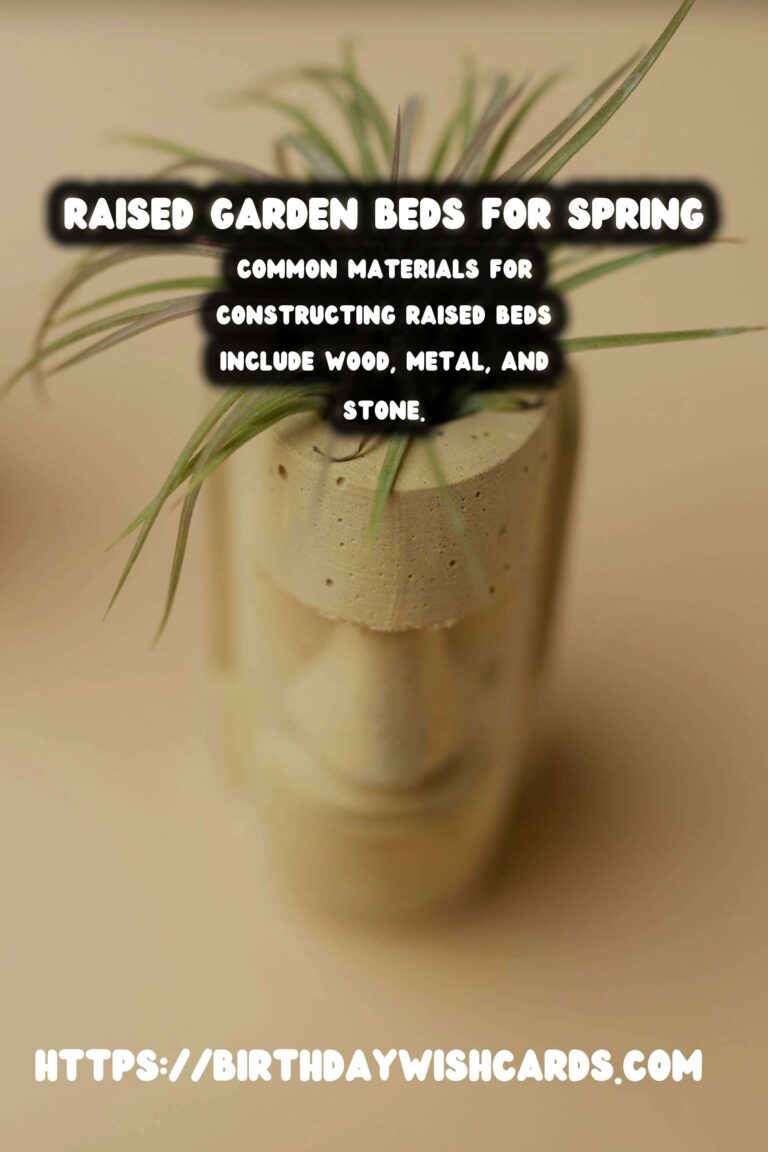
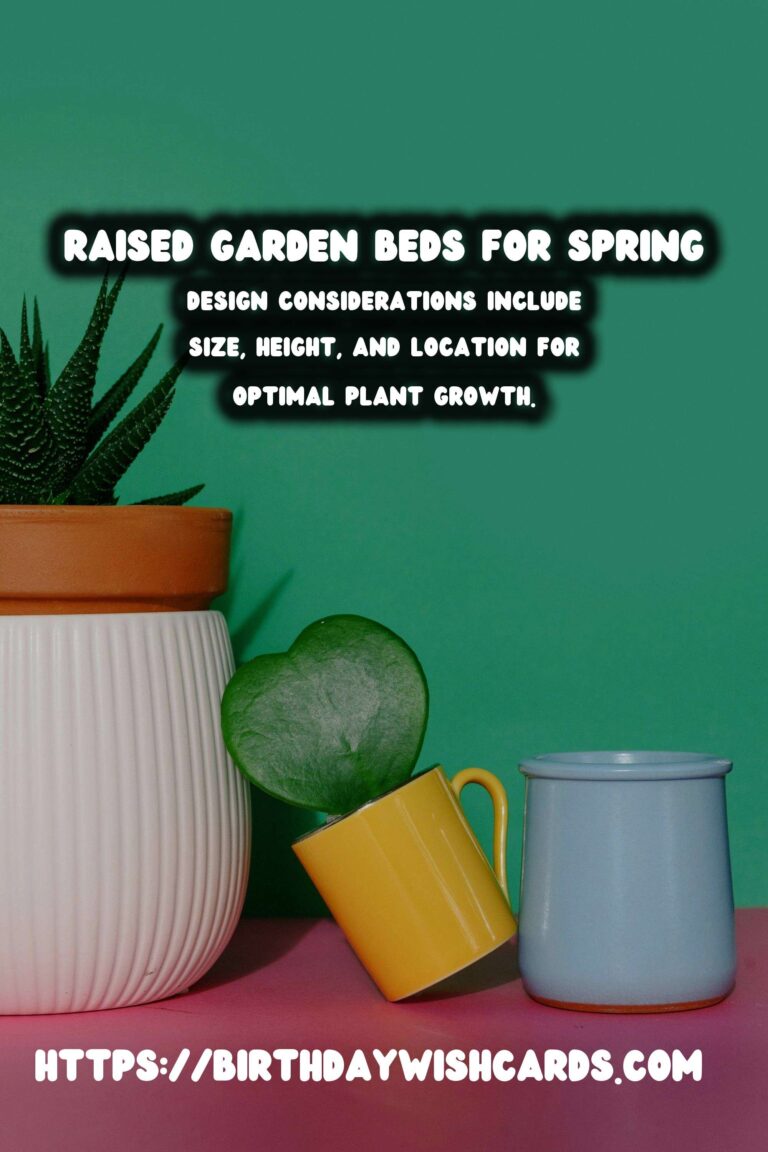
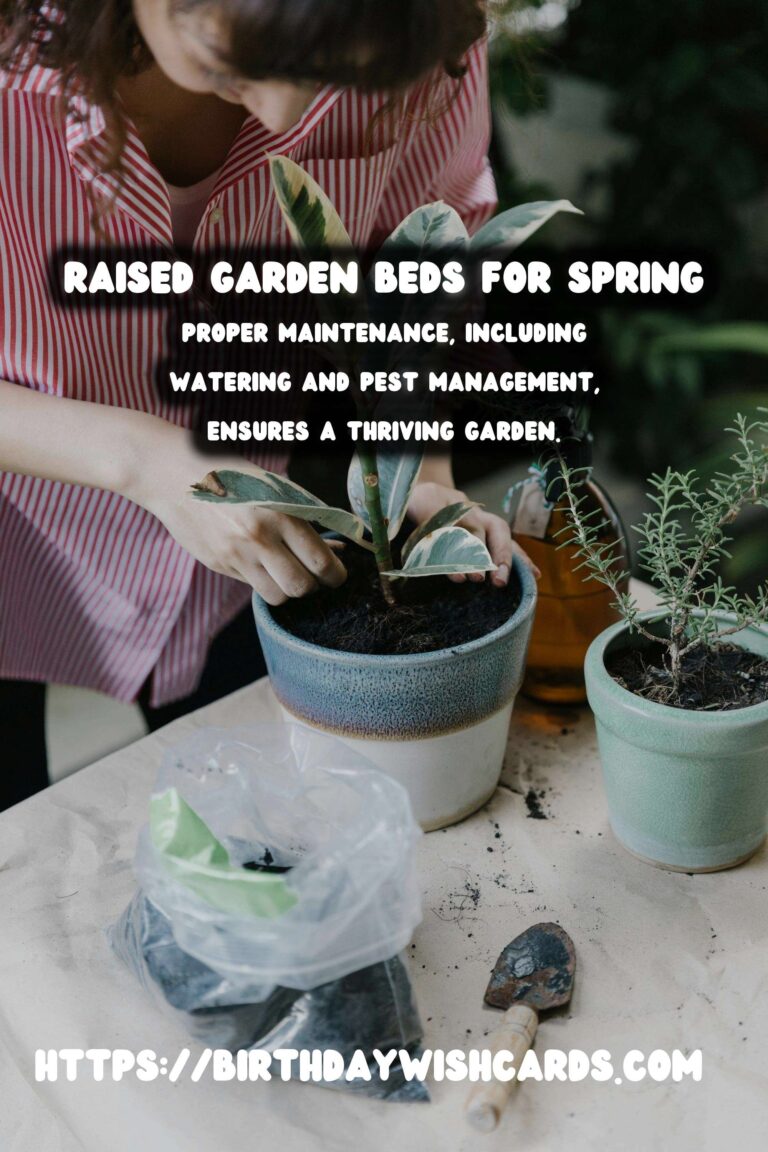
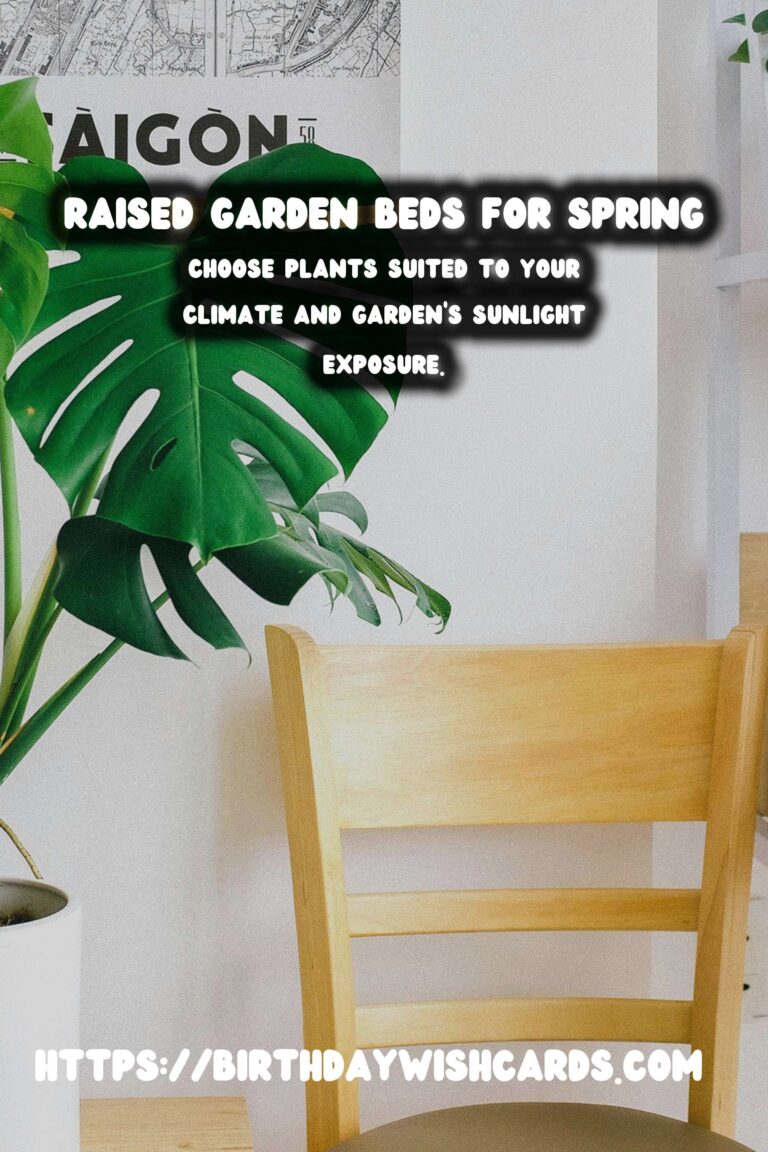
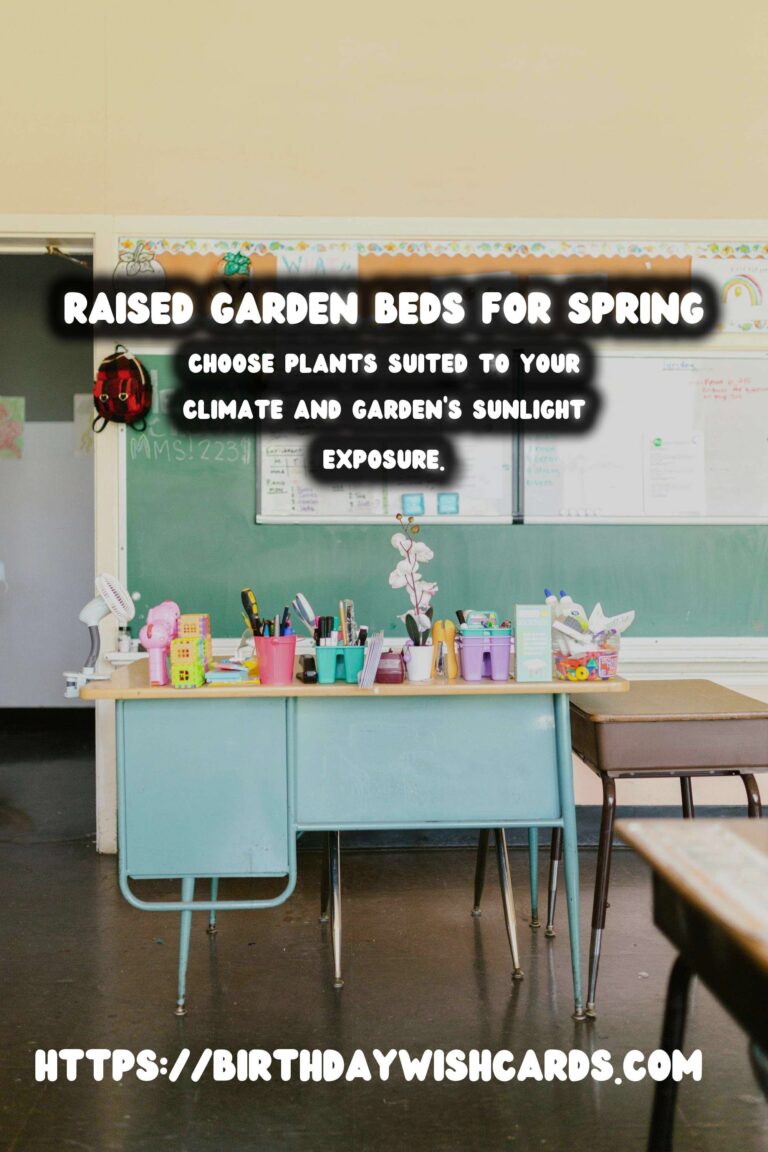
#SpringGardening #RaisedGardenBeds #PlanterBoxes #GardeningTips #HomeGarden




